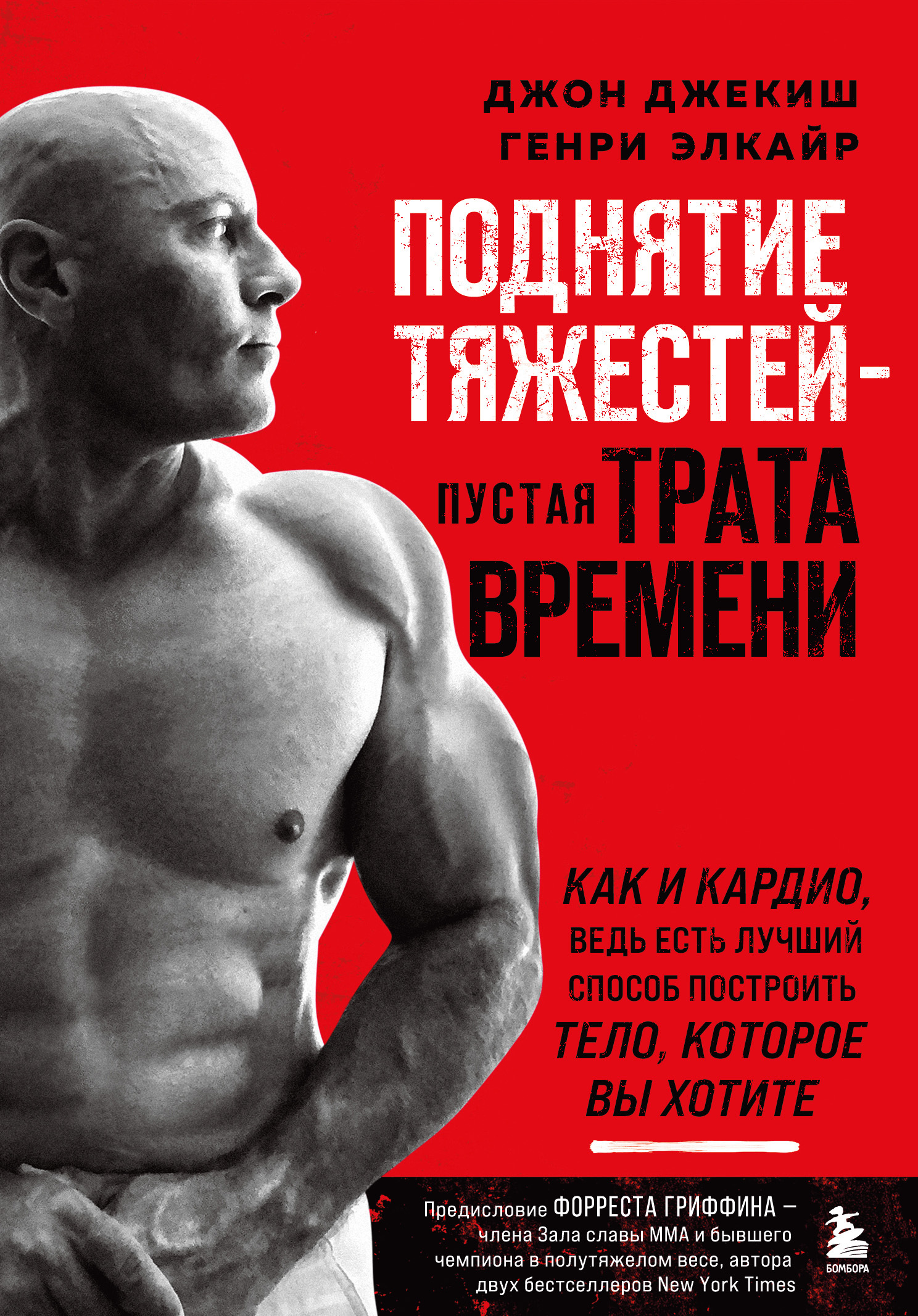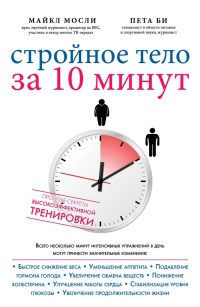Книга Строим тело. 10 минут в день – и вы будете иметь тело мечты - Джон Джекиш
На нашем литературном портале можно бесплатно читать книгу Строим тело. 10 минут в день – и вы будете иметь тело мечты - Джон Джекиш полная версия. Жанр: Домашняя / Разная литература. Онлайн библиотека дает возможность прочитать весь текст произведения на мобильном телефоне или десктопе даже без регистрации и СМС подтверждения на нашем сайте онлайн книг knizki.com.
Шрифт:
-
+
Интервал:
-
+
Закладка:
Сделать
Перейти на страницу:
Перейти на страницу:
Внимание!
Сайт сохраняет куки вашего браузера. Вы сможете в любой момент сделать закладку и продолжить прочтение книги «Строим тело. 10 минут в день – и вы будете иметь тело мечты - Джон Джекиш», после закрытия браузера.
Книги схожие с книгой «Строим тело. 10 минут в день – и вы будете иметь тело мечты - Джон Джекиш» от автора - Джон Джекиш:
Комментарии и отзывы (0) к книге "Строим тело. 10 минут в день – и вы будете иметь тело мечты - Джон Джекиш"
























